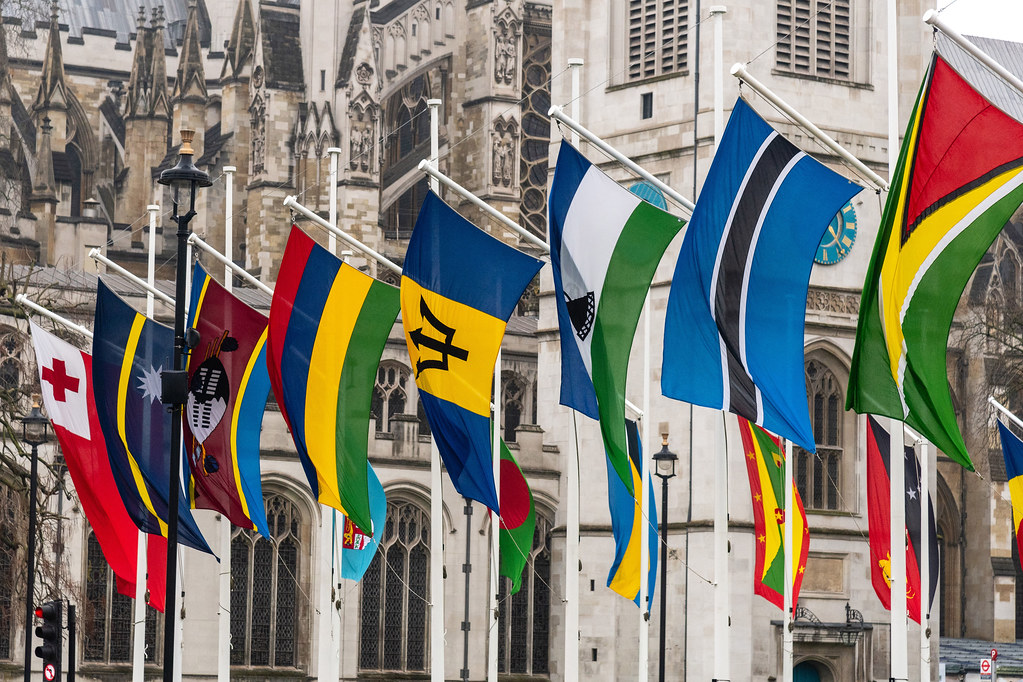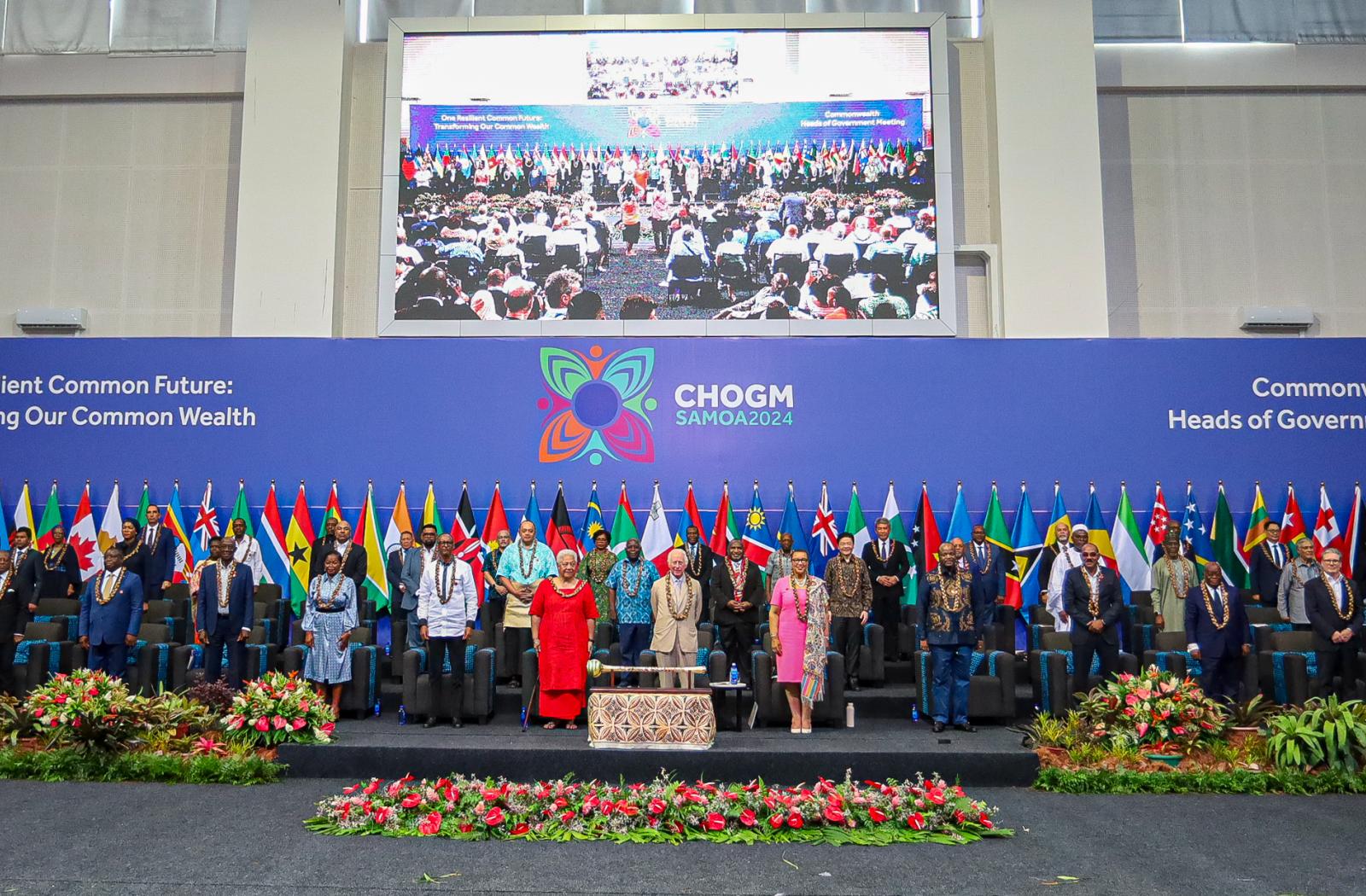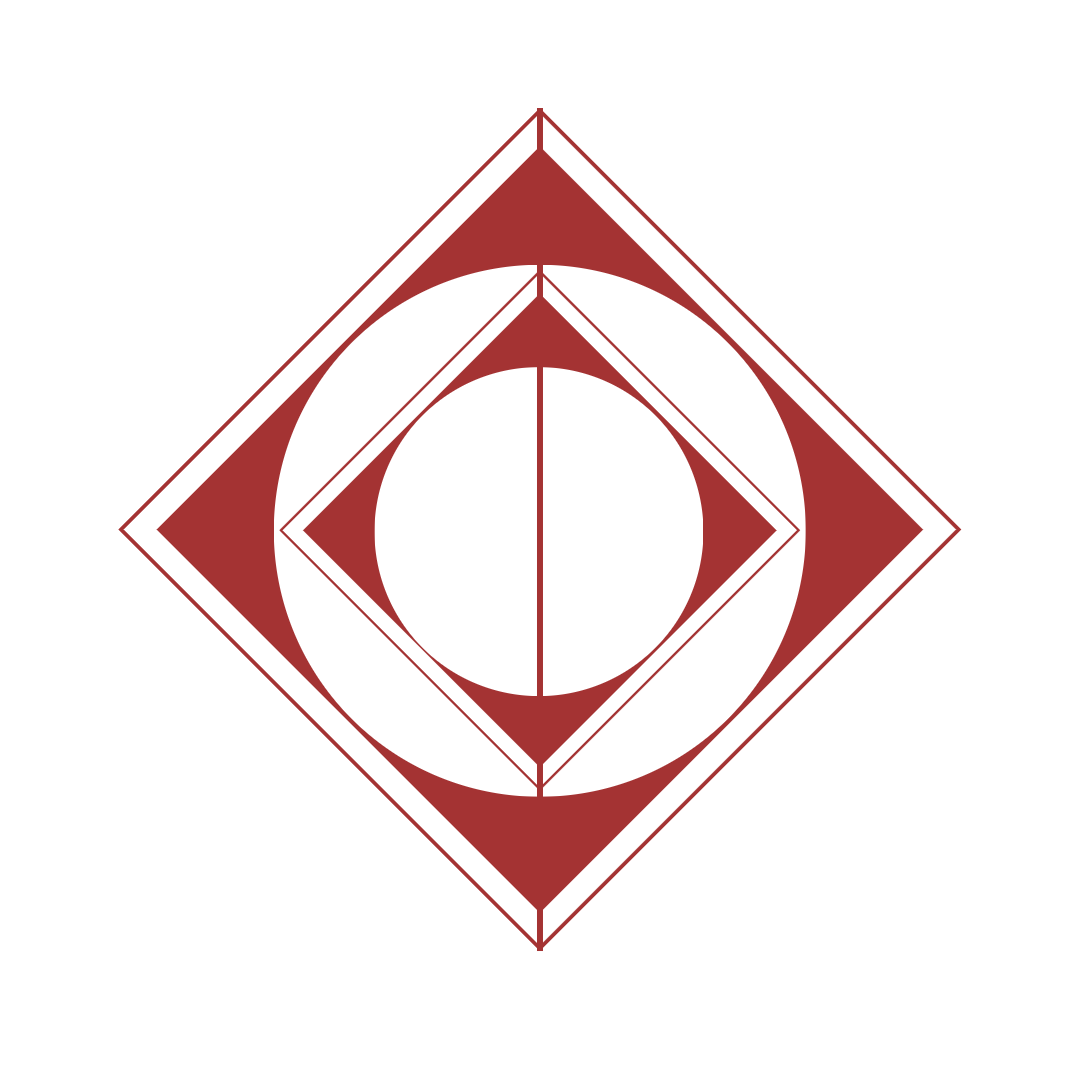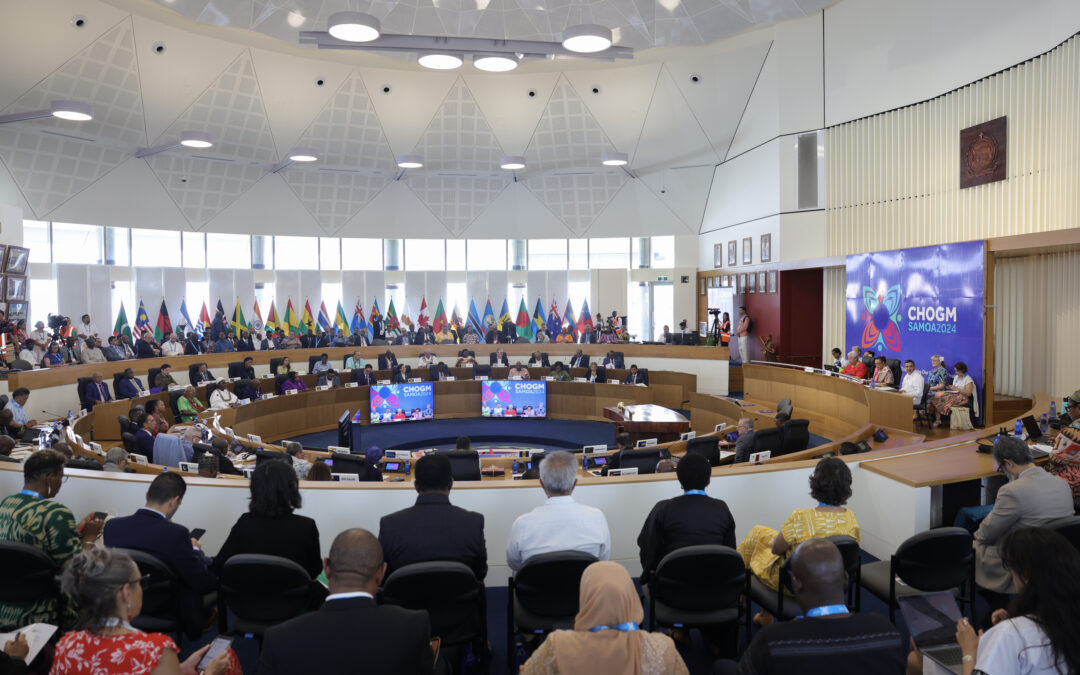The 19th October, 2024 was a Saturday. A sunny one where the township of Apia was alive with motor vehicles, tourists and families enjoying a day out. If you happened to be at the little park to the west of the government building, you would’ve been struck by three things: the heat, the wind and the sight of a large ship approaching on the horizon.
She is the P&O Sun-Class Pacific Explorer, a lumbering beast with a tonnage of 77,000 tonnes, manned by a crew of 900 and carrying the honorable delegates of the Commonwealth.
From the park, if you stood up and walked along the seawall, you’d be able to follow her slow arrival and eventual docking into the Apia harbour. Passersby, security guards and children in the park area stopped what they were doing to watch the old girl arrive. Kids made faces at the vessel as if to taunt it and parents began to take pictures. Already, news crews and a handful of drone operators were on the scene. Along the horizon, hulking, grey patrol ships kept an eye on the sea.
Supported by a tug boat, the Pacific Explorer slowly made its way into port and with a loud growl, dropped anchor.
The Commonwealth Heads of Government Meeting had officially begun.
Table of Contents
The Lead Up

The Commonwealth Heads of Government meeting is a large conference held every two years, barring the pandemic where all meetings were suspended. Each time the meeting is hosted by a member nation, with the first one happening in Singapore in 1971 (New Zealand Foreign Affairs and Trade, 2024).
The meetings generally follow a theme or a topic of discussion, but are also a good way for other issues to be brought to light. Specifically those affecting member nations. Samoa’s that of a unified future, strengthening and upholding human rights and of course, the ever present threat of Climate Change. Regardless of the topic, the heads of government meeting is a major event and considered a valuable part of getting the different member countries on the same page.
So having Samoa host it became a big deal, especially since it’s the first Pacific Island Nation to host such an event. Having a small island nation host this event was going to be also going to be a major challenge. While Samoa is no stranger to hosting large regional events, a conference of this scale was quite daunting. And so, when 2024 rolled around, the first few steps taken to prepare the nation began.
This was to be the culmination of 10 months worth of planning and preparation. The country had been buzzing about the meeting since June but the full scope of it was becoming clear in August. The first ever Commonwealth Meeting hosted by a Pacific Island Country, an accolade proudly shouldered by our nation of Samoa. By then the majority of the country’s government services were being mobilised and a lot of people were eagerly anticipating what the meeting might bring.
Even before October, tourists and foreigners were becoming commonplace, be they travelling to be a part of the meeting, or enjoying a holiday. Police officers were up and about, officials were out securing funding and hotels were bracing for the huge boost in clients. It seemed everything was going at full steam and that was certainly no exception for the task force set up to accommodate our guests.
If you took a car and drove from Apia to Aleipata and then back through the cross island road before cutting west towards the airport and beyond the harbour, you would see a nation decorated with flags from every commonwealth country. Villages like Moata’a bore the colours of Nigeria, alongside Vaiala which was decorated with the colours of our Nauru neighbours. From New Zealand to Trinidad and Tobago, every village had a country to represent.
This decorating effort extends even to our most remote villages who took the time and effort to show their support and welcome to nations like South Africa and Papua New Guinea.
The Commonwealth Conference
The Conference was due to last from the 21st to the 25th, featuring a number of forums, press conferences and minor gatherings. Delegates discussed the topics mentioned above, including the organisation of fishing grounds in event of an island being submerged, pollution reduction, protection of marine life as well as restoration and reparations for colonialism. (CHOGM, 2024)
This was not the first time colonialism has been brought up as part of the Commonwealth meetings, and it won’t be the last. While this was happening, other forums and panels were occurring on the 21st. Including further outreach. On the final days of the week, the arrival of King Charles and election of a new Commonwealth Secretary General closed out the meeting. By then, four forums and nearly three dozen minor events.
Government workers and public servants were working around the clock during that time. Youth members and participants arrived not only from across the island but across the world. Ministerial meetings and conferences were also occurring as agreements were ratified and talks were concluded. It was to say the least, a taxing week.
And among the many incredible task force members who set about organising this event, was one of our own. She is the co-founder of Onelook Studio, Coordinator for the 350.org’s Samoan branch and one of Samoa’s veteran Climate Change warriors; Miss Ma’atautogia Okalani Mariner.

Fresh from her experience during the most hectic week of the year, we’re pleased to have Ma’atautogia Okalani Mariner with us once again. You might remember her from an interview we’d written up on the burdens of climate change activism (Climate Change: Daring to Hope).
Miss Ma’atautogia had been involved in the CHOGM proceedings as a youth task force member and during the week of the meeting had been fully activated to both assist and participate in the Youth and People’s Forums as well as numerous other events. Her and her colleagues were not only participating but organising many of the events mentioned above. When the dust settled,
According to her:
“I think afterwards, they say that week felt like one month but it was worth it and it was definitely an experience I will carry with me, especially with all the time spent communicating and networking with people. It was really difficult especially trying to get everything organised but in the end we pulled through and I’m so proud of myself and my fellow task force members for sticking to it.

Another thing I thought was really great was that a lot of the delegates and leaders approached us and told us how welcome they felt and how accommodated they felt in Samoa. Which was especially good to hear since many of them travelled thousands of miles and many hours just to get to us. We heard from some of the veteran Commonwealth members that this was the best one they had been to and I think that was really uplifting to hear because of all the work our task force put in, all the hours and time spent organising.
A few even said they’d love to come back, which is amazing again because it took so much time and effort to fly over. So to hear them say they’d do it again is pretty inspiring. Especially to the team members who handled the accommodations and making sure the delegates were looked after.
So, yeah that was a big highlight for us and I’ll take this experience as well as the lessons I learned forward with me as we prepare for more events down the road.”
Miss Ma’atautogia Okalani Mariner was also supported by her colleague, Miss Samita Samuelu, both of whom were very active during Comonwealth week. Much of it was spent interacting with both delegates and local ministers as well as being present at many of the major events that took place during the meeting’s duration. This was while Miss Mariner was also managing her own business and Miss Samuelu was preparing for final examinations in university, showing an admirable level of competence and commitment.
The Wind Down

Among them were many of Samoa’s local police force, journalists, hotel staff and support crews who all worked together to ensure the meeting was a success. Assisting from the other end as well were the many other staff from the different member countries who lent their time and expertise. From the airport to Apia, the country was working overtime, in many cases literally. And it would seem, based on the glowing praise we have received that it was a job well done.
In the week following the Commonwealth meeting, the country seems quiet and less active than normal. One of the biggest events ever hosted by a Pacific Island country, and the first ever Commonwealth meeting hosted by one too, had come and gone. Now people were collectively taking a breath. The government even announced a long weekend from October 31st into November 3rd for many public services, most of which were fully engaged for that week. Many welcomed the rest and others took to celebrating.
The decorative flags put up by each village are still flowing along our roads even now, as most people are just taking the opportunity to rest and enjoy a quiet November before the town is abuzz again with holiday enthusiasm. In fact, as people settle back into the usual routine, it seems as if the Commonwealth never happened at all. Ignoring the decorations of course.
Yet it did, and despite some hesitation and doubt, people pulled through and as stated by Miss Ma’atautogia, we showed the world what we could do. For now though, our little island returns to its quiet occasions and awaits the coming of a new year.

